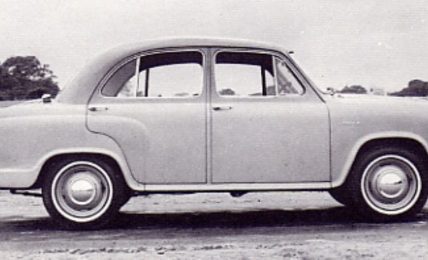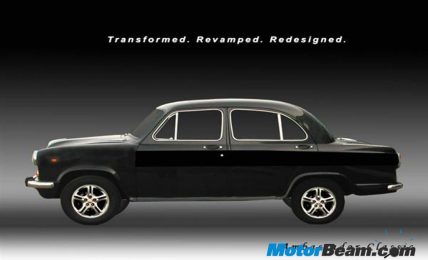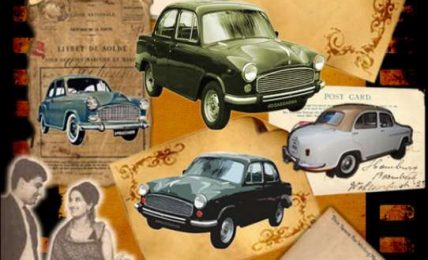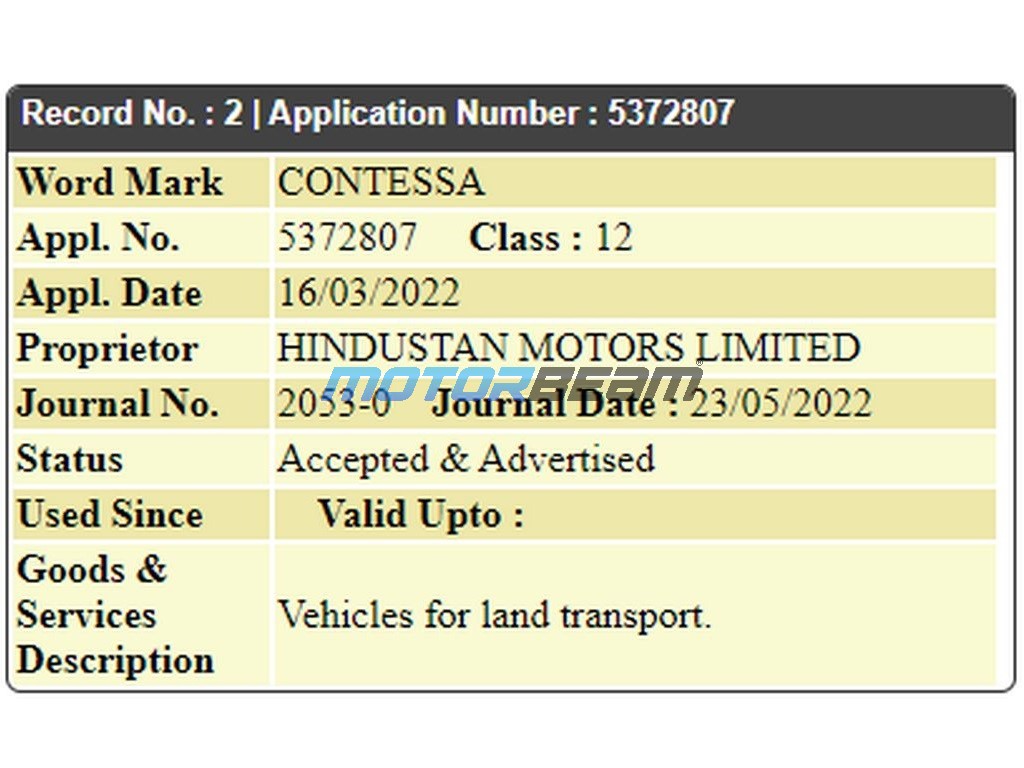
Hindustan Motors could be readying the new generation Contessa which might get the same powertrains as the Ambassador
In an interesting revelation, Hindustan Motors, just a few days back, has trademarked the legendary ‘Contessa’ name. With Ambassador’s revival already heating up the industry, this update might add more fuel to fire in the coming days.
For starters, just around a week back, Hindustan Motors reportedly revealed that a new Ambassador in the works at its Chennai plant which used to manufacture the Mitsubishis earlier.
The company Director Uttam Bose even added that the mechanical and design work for the new engine has reached an advanced stage confirming that the car is reportedly going to get an IC engine at least at the start.
Sources said the upcoming Ambassador could see the light of the day as early as 2023 end or early 2024. The project is a joint venture of Hind Motor Financial Corporation of India (HMFCI), a subsidiary of Hindustan Motors, and the France-based Peugeot S.A. Group.
Further details that got leaked said the the design would be more of a makeover than an outright revolutionary change. But, the car might get modern features present day buyers expect. Peugeot would help in bringing modern bits to the sedan.
Now, with the ‘Contessa’ name trademarked, it obviously means the Ambassador’s brother would also see the light of the day soon.
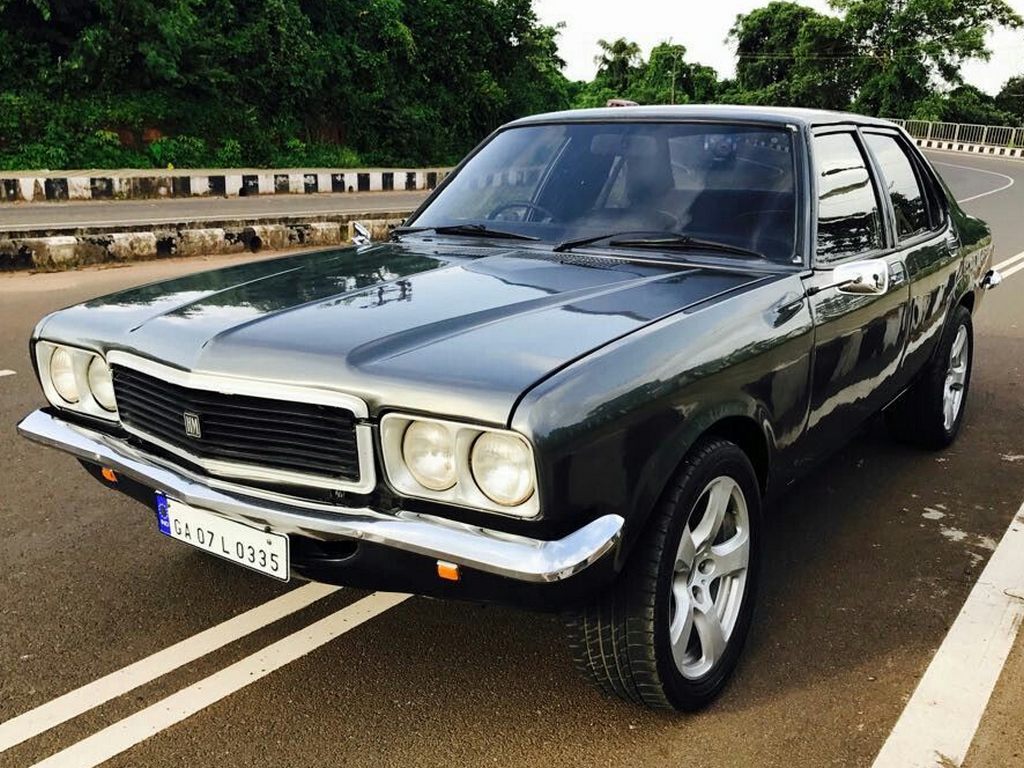
While Peugeot holds the rights of the Ambassador as it had bought the same from Hindustan Motors in 2017 for over Rs. 80 crores, the rights of the Contessa still lies with the latter. This is established as Hindustan Motors had revived the muscle car’s trademark now.
Like earlier, the Contessa is expected to get the same engines and powertrains as the Ambassador and would be manufactured at the Chennai plant.
If both the cars get things right this time, they could replicate the success of the Royal Enfields as there are still crazy fans out there for the classic cars.
The last production activity of Hindustan Motors was in 2014 when the final Ambassador Encore was rolled out. At that time HM said low productivity, growing indiscipline, shortage of funds, and lack of demand was the reason for pulling the plug on the Ambassador.
Contessa was manufactured by Hindustan Motors from 1984 to 2002. It was based on the Vauxhall VX Series of 1976 to 1978 and a development of the Vauxhall Victor FE. When introduced in 1983, it was 1 of the few Indian manufactured luxury cars in the market.
The Contessa came with a 50 HP 1.5-litre BMC B-Series engine, which also powered the Ambassador, in a slightly modified form along with the Hindustan 4-speed gearbox.
The press was upbeat about the roomy interior and plush ride but was critical about the grossly underpowered engine and equally primitive gearbox. Top speed was only around 125 km/hr, although there was also a version with higher 8.3:1 compression which offered 54 HP.
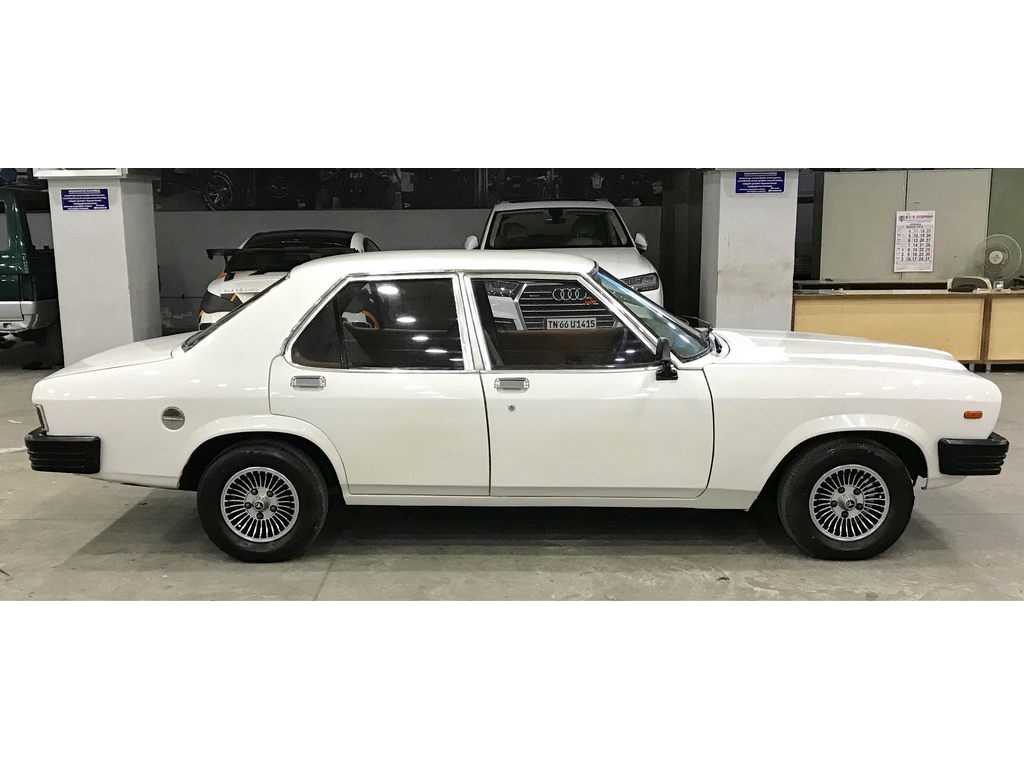
Later, Hindustan Motors tied-up with Isuzu and started manufacturing their 1.8 L 4ZB1 petrol engine and a matching five-speed gearbox for the Contessa.
The new car was called the Contessa Classic and was an instant success setting a new standard for refinement, power, and luxury in the Indian market. The car achieved an increased top speed of around 160 km/hr.
Even though the Contessa was based on a 1970s design, the interior was quiet and the seats were considered to be extremely comfortable.
The basic design of the Contessa has remained the same throughout its life, though Hindustan Motors made minor updates throughout the life of the model.
In the 1990s, Hindustan started manufacturing the 2.0 L Isuzu 4FC1 diesel engine that came to power the Contessa Diesel. Like the earlier Isuzu gasoline model, it was also an instant success. A turbo diesel version was introduced a few years later.
However, after the advent of more modern cars from GM, Ford, Fiat, Tata etc., the demand for the Contessa began to wane. The constant rise of petrol prices was the final nail in the coffin for the now comparably thirsty Contessa which was phased out in 2002.


